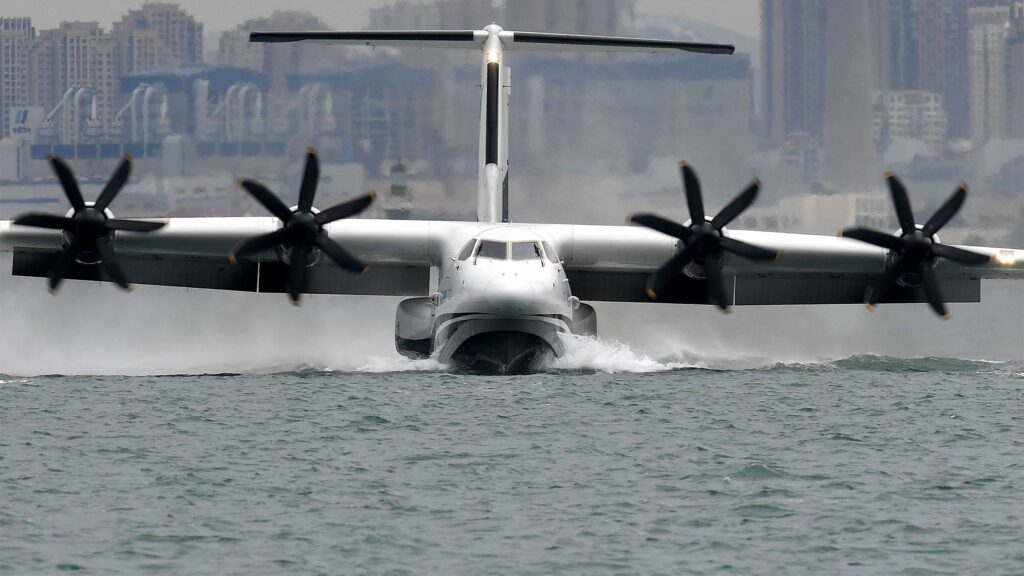Sustainable seaplanes represent a promising advancement in aviation technology, offering a greener alternative to traditional aircraft. One key aspect of their sustainability lies in their ability to take off and land on water, reducing the need for extensive infrastructure such as runways. This feature opens up new possibilities for transportation in environmentally sensitive areas, minimizing the impact on ecosystems and reducing the carbon footprint associated with aviation operations.
Moreover, sustainable seaplanes are at the forefront of incorporating innovative propulsion systems and materials. Electric and hybrid-electric propulsion systems are gaining traction in the seaplane industry, offering reduced emissions and operational costs compared to conventional engines. These advancements align with global efforts to transition towards cleaner and more sustainable energy sources, contributing to the overall goal of mitigating climate change.
The development of sustainable seaplanes also addresses the growing concerns over noise pollution associated with aviation. Electric propulsion systems inherently produce less noise than traditional engines, making seaplanes an attractive option for environmentally conscious travel, especially in regions where noise restrictions are in place to protect wildlife and communities.
As the demand for sustainable transportation options continues to rise, seaplanes have the potential to play a pivotal role in connecting remote areas and promoting eco-friendly tourism. By embracing innovation and sustainable practices, the seaplane industry can pave the way for a more responsible and environmentally friendly future in aviation.
